Hand stitches are fundamental techniques in sewing and embroidery that require the use of a needle and thread. These stitches are commonly utilized to join fabric pieces together, make decorative patterns, or perform repairs.
1. Running Stitch
The running stitch is one of the simplest and most commonly used hand stitches. It involves passing the needle in and out of the fabric in a straight line, creating evenly spaced stitches. This stitch is often used for basting or temporarily holding fabric pieces together.
2. Backstitch
The backstitch is a stronger stitch that is ideal for seams or attaching two fabric pieces permanently. It involves sewing backward one stitch length, then forward two stitch lengths, resulting in a continuous line of overlapping stitches.
3. Slip Stitch
The slip stitch, also known as the ladder stitch or blind stitch, is nearly invisible on the right side of the fabric. This stitch is commonly used for hemming or closing openings. By alternately picking up a few threads from each side of the opening, the seam remains inconspicuous.
4. Blanket Stitch
The blanket stitch is often used to finish the edges of blankets, pillows, or appliqué pieces. It creates a decorative looped edge while securing the raw fabric edges. This stitch is made by passing the needle through the fabric from back to front, then looping the thread over the edge and back through the fabric.
5. French Knot
The French knot is a popular embroidery stitch used for creating small, raised bumps on fabric. It adds texture and dimension to the design. To make a French knot, the needle is brought up through the fabric, and the thread is wrapped around the needle a few times before being inserted back into the fabric.
6. Cross Stitch
Cross stitch is a classic embroidery technique that forms an “X” shape. It is commonly used to create intricate patterns or designs. This stitch is made by cross-crossing two diagonal stitches over each other at a fixed angle.
Conclusion
Learning basic hand stitches is essential for anyone interested in sewing or embroidery. Whether you are a beginner or an experienced crafter, having a solid understanding of these stitches allows for the creation of various projects, from simple repairs to intricate designs.
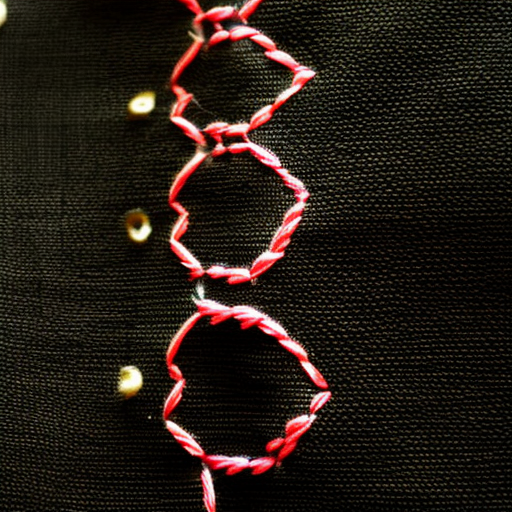
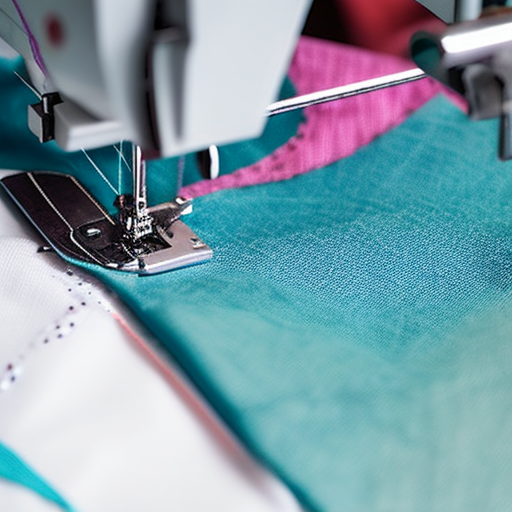
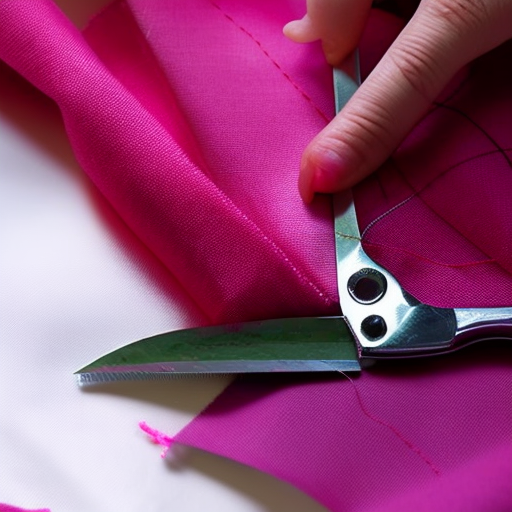
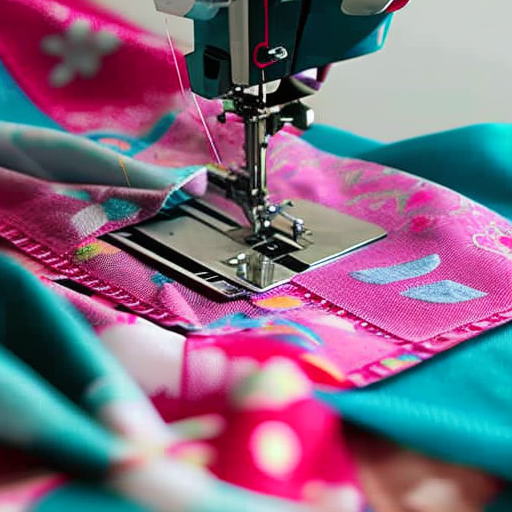
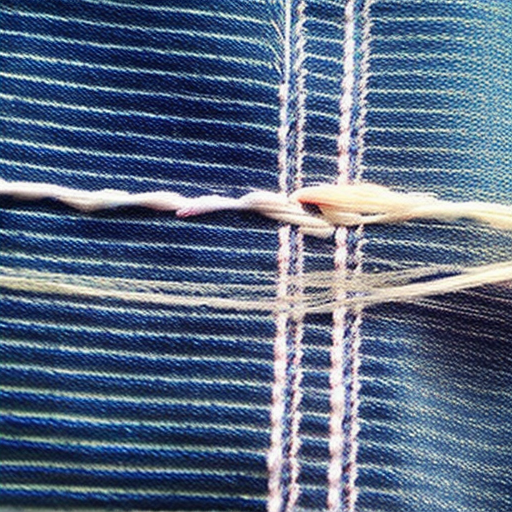
This is such a helpful article!
Great resource for anyone looking to learn about hand stitching!
Thank you for providing this information!
I’m so glad to have come across this article – it is extremely informative, providing a great introduction to hand stitching for beginners and a refresher for more experienced stitchers. It’s a fantastic resource to have!
Absolutely! This is a great article to reference when starting hand stitching. Very helpful and informative.